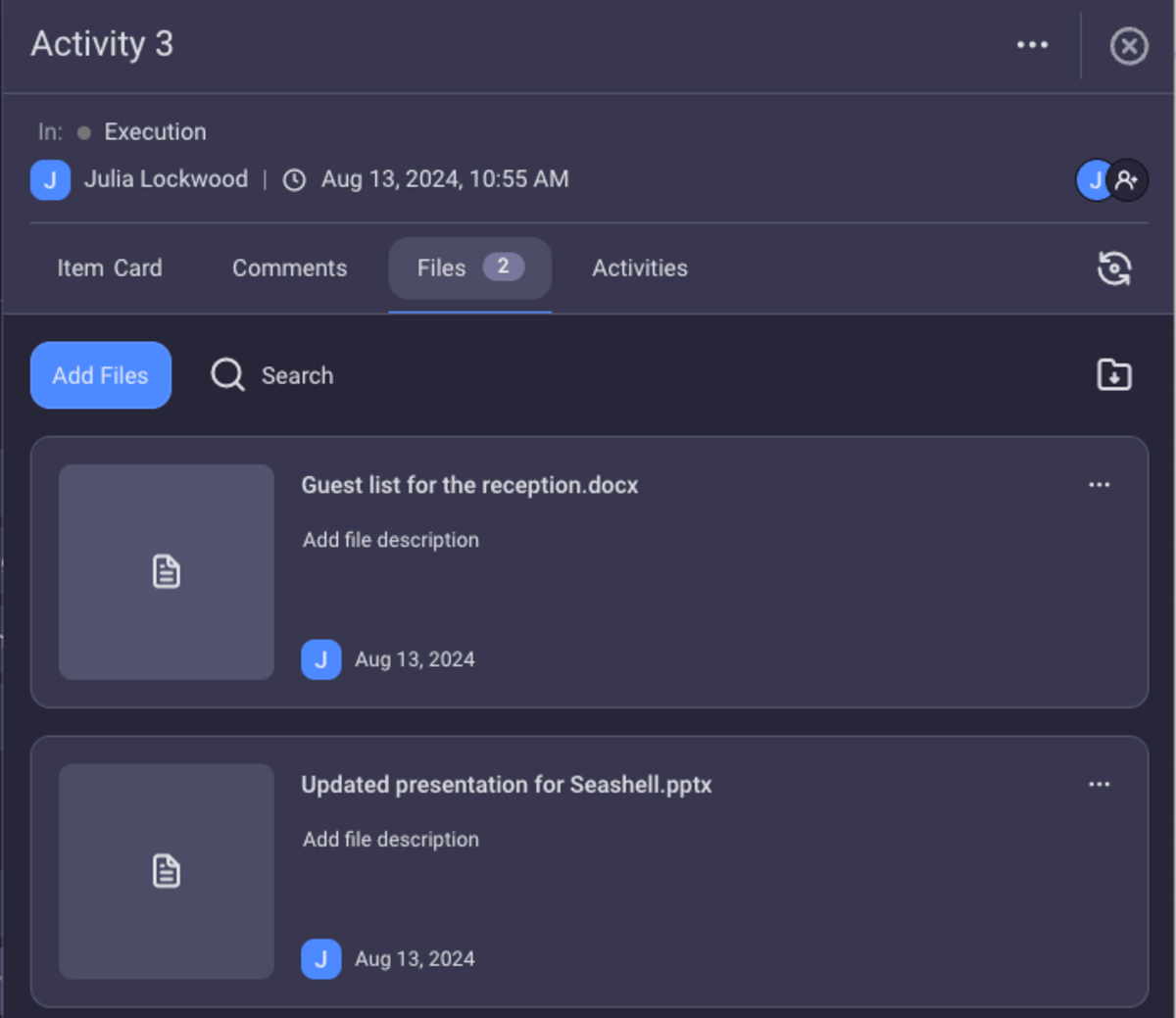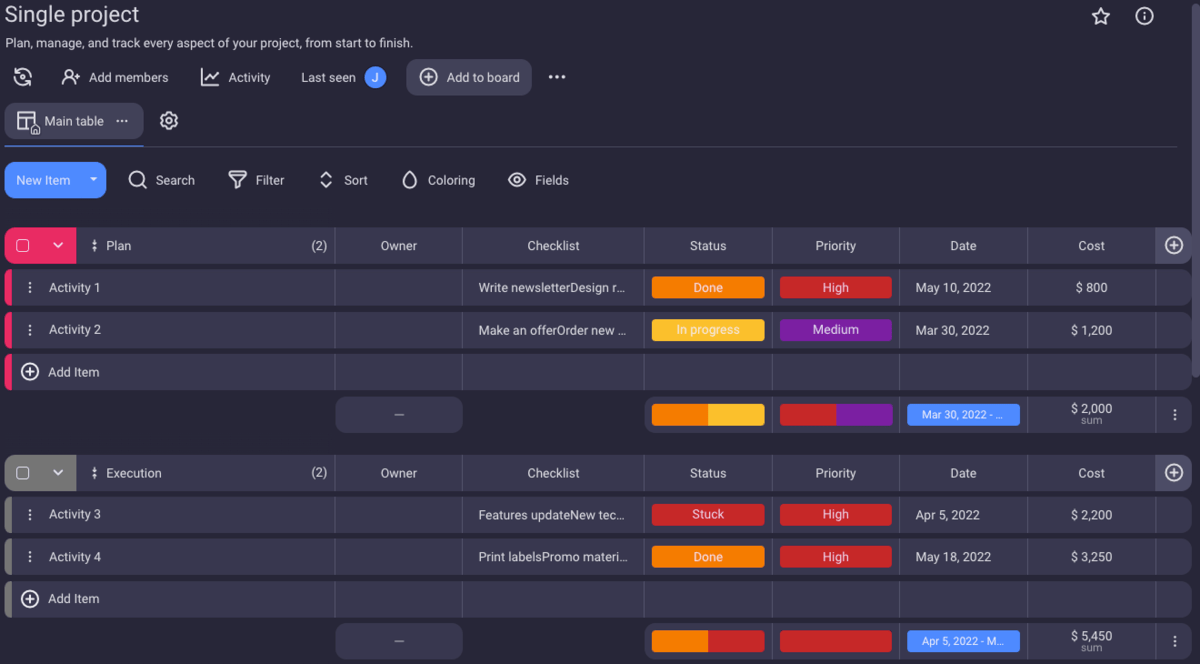Have you ever found yourself lost in your online calendar trying to find the best time slot to schedule a meeting for your dispersed team?
If yes, you probably know how difficult it is to be fair and not make anyone see red if the meeting is outside their usual working hours.
Yet, working across time zones has flourished so much, and, from a business standpoint, the benefits far outweigh the drawbacks.
Read on to find more about what can go astray and find tips on how to master collaboration across time zones.

In this article:
What are the ways working across time zones can go wrong?
According to a 2023 State of Remote Work report, 62% of respondents work directly with teammates across multiple time zones — and 14% admit that it is their biggest struggle with working remotely.
The lack of real-time communication may easily lead managers to some missteps.
You may slip into micromanagement
Managing distributed teams is complex. With no opportunities to meet in person and a lack of visual insight into what your team members are doing — after all, you can’t really see them work and complete tasks — you can easily slip into micromanaging behaviors.
You may start to ask for frequent updates, overly-detailed reports, and to be CC’d on every email. Also, you may demand to be involved in every single decision, while almost never being satisfied with deliverables — which may lead you to personally do the revisions of your teams’ work.
Now, the fact that the necessary updates and follow-ups might not be there for you — because your team may still be sleeping by the time you’ve already been working for hours — is a call to reorganize work and communicate better, not to micromanage people.
This behavior not only causes unnecessary stress and reduces productivity, but it also leads to creating a toxic work environment — which is certainly not what distributed teams need when looking to be successful at what they do.
💡 PLAKY PRO TIP
Learn how to avoid micromanagement by nurturing workplace autonomy:
You may frustrate employees with your schedules
Finding a suitable time for a meeting can become an ongoing challenge — especially when you have to take into account that one half of your team may finish up their day just as the other half gets out of bed.
So, when making schedules, look at it from the perspective of the teammates — is it UTC, EST, or maybe PST for them? Do they know your default time zone? You don’t want people to end up attending a meeting at 2 a.m. just because they’re going by the wrong time zone.
A real life example has been shared with us by our contributor Bryan Berthot, a Project Manager, Scrum Master, and a Doctoral Candidate at the University of South Florida.
His team of developers would always have a Daily Scrum at 6:30 a.m. PST.
However, one important team member would occasionally fail to show up.

“After taking over the group, I noticed that there were sporadic connection problems and sometimes complete drops from the technical lead. She was otherwise a star performer, so I didn’t press the issue on what I considered to be a minor annoyance. Then, at one meeting, she just said, “Okay, this has been bothering me. I know this is 6:30 a.m. according to your time, but it’s at the end of the day for me, and I have to be in my car to pick up my kids from school.”
Knowing what time suits people best makes it easier to adjust and make compromises — so, as people won’t always tell you they have a problem with a time slot, always be proactive about it and ask them directly yourself.
Below you can find more tips on how best to collaborate with people from different time zones and avoid common missteps.
Manage your distributed teams in Plaky
Tips to master collaboration across time zones
Establishing rules and procedures within a geographically dispersed team takes time. As we can see, teams have different needs, practices, and organizational structure. It’s pretty much impossible to find the right modus operandi the moment a team is formed.
So, while trying to develop a healthy work culture among your distributed team members, consider some of these tips for collaboration across time zones:
Tip #1: Be mindful of dates and times
The first point that should be cleared up among team members are their work hours and boundaries. Everyone deserves to have their designated working time respected no matter where they are.
First, understanding cultural differences is an imperative for organizations working on a global level because it helps every team member feel appreciated — as their country’s and / or religious holidays are taken into account when creating schedules.
In general, good communication and the freedom to be clear about what works best for each team member make a solid foundation for collaboration across time zones. Don’t forget, some of your teammates could be early risers, some late-night owls, while some might prefer working in shifts. Whatever their choice is, it is crucial to at least consider it.
It’s also crucial you literally don’t forget that others are working in different time zones — this is the advice David Radin, an executive, entrepreneur, and consultant, has to share, based on his experience.

“When working across time zones, one of the most unnoticed issues is that the other person often doesn’t realize that you’re in a different time zone, and thus doesn’t accommodate the differences. You’ll need to do that for both of you. The first step – know which time zone your meeting partner is in so you can act accordingly.”
Tip #2: Test out what work hours are best for your dispersed team
Working in different time zones requires different approaches to work.
And, as long as people are ready to make compromises, a business has better chances to run like a well-oiled machine.
For instance, half of your team can work in the time zone of the other part of the team in the first half of the week — and then they could switch for the rest of the week.
Some of your remote team members might opt for working in split shifts, meaning they spend a part of the day working in their local time zone, and another part of the day working according to a different time zone. This can be done all week or on particular days, when the job requires it.
Whenever any one of you works — just make sure you set up the correct working hours so other team members who are out of your time zone for the day know when you’ll be available.
Tip #3: Define default time zone for everything you communicate
To avoid a total mess with your schedule, try to specify what you can in regards to collaborating with your international coworkers.
For instance, if you are in New York, don’t schedule a call with your California coworkers at “9 a.m. Monday” because they may not know if you mean EST (Eastern Standard Time) or PST (Pacific Standard Time).
So, to avoid confusion, it is advisable to consider setting one official time zone for all team members.
David Radin reminds us about the situation with teams in India working with the USA who adjusted their working hours to those of their USA teams:

”In parts of India, they’re 9.5 hours different than you are if you live in, say, New York. But many people in India and nearby countries do so much business with people in the USA that they normally work on a schedule consistent with USA Eastern or Pacific Time. Ask them so you can be aware of when their preferences are.”
Tip #4: Take advantage of asynchronous communication and plan ahead
People in global teams need to get used to the fact they cannot expect a response from a coworker from across the globe right away. On the other hand, productivity is lost if one waits for the response for a few hours or until the next day.
To avoid losing time, remote teams should plan ahead, keep communication clear, and make the most of the asynchronous approach to collaboration. Task assignments, ideally supported by team collaboration software, should be done a day or two earlier.
Also, it is crucial to keep all materials and documentation in one place so everyone can take a look without having to disturb a coworker outside of their working hours.

Boost remote collaboration with Plaky
💡 PLAKY PRO TIP
Learn about the benefits of asynchronous communication and how to implement it in the post below:
Tip #5: Stick to a meeting protocol
Before scheduling a meeting, consider if a video call is really necessary.
Do the discussion points you want to go over need to be presented in the form of a real-time meeting? If this is the case, find the most optimal time slot and ask everyone to rearrange their schedules and show up. Make sure everyone gets a meeting agenda in advance so they can brainstorm ideas and prepare questions.
Also, don’t forget to record or take notes about the meeting, and share it with those team members who were still prevented from attending. This is a great way to keep everyone up to date.
If you find a real-time meeting isn’t necessary, try an alternative — such as making a video presentation instead of a real-time online meeting. After all, you can explain all project details, share messages, and introduce coworkers to processes within a video recording. This way, everyone can take a look when they have time, and also send feedback or ask questions in their own time.
Tip #6: Bring your team activities together in one centralized location
Smooth team collaboration is indispensable nowadays, and global teams simply cannot collaborate effectively without remote work software.
Such software unites teams and enables smooth collaboration and communication. Team members are linked to their tasks, for which they are able to leave comments, share files, and provide/receive feedback.

Additionally, remote work software helps you stay in the loop by following task progress and receiving notifications when changes are made. Also, by keeping track of all task activities, it helps with project time management.
Use Plaky as a centralized hub for all your projects
💡 Plaky Pro Tip
Overwhelmed with the number of remote work tools on the market? We’ve got just the article for you:
Many organizations turn to a reliable team productivity software to support streamlined communication, organize dates and assignments, and enable efficient file sharing among team members.
With a range of digital tools helping dispersed teams optimize their processes and overcome challenges of working in multiple time zones — such as the tool Plaky — organizations seem to have found the ideal strategy to manage remote work.
Still, to check what teams get and/or lose while working across time zones, we’re also going to list pros and cons of this work arrangement.
Pros of working across time zones
Many remote positions imply cooperation with teams scattered across the world, so let’s first check the benefits for both teams and organizations:
- Global talent pool — remote work allows companies to hire globally and search for the most qualified candidates with specific occupations and skills.
- Productivity boost — despite the prevailing opinion that remote workers are lazy since, well, no one is watching, statistics paint a different picture. In an article on Remote Work Statistics and Trends In 2024, it is reported that 35% of remote workers feel more productive. The fact that they can determine their preferred work hours, have more time because they don’t commute, and choose their ideal work location makes remote workers more productive and task-oriented.
- Round-the-clock workflow — the 24/7 coverage is most convenient for customer service, as there’s always someone actively working who can help. Also, this workflow is effective within other industries because it eliminates the need for night shifts, late-night calls, and urgent emails.
- Innovation and profitability increase — when working with a geographically dispersed team, you can expect culturally diverse staff, unique perspectives, and expanded creativity. The combination of these factors will ultimately drive innovation and lead businesses to more profit.
- Distraction-free work — working in multiple time zones can be overwhelming, however, it also implies you can work undistracted and have maximum focus at least during those hours when your working time doesn’t overlap with that of your remote team or managers.
Cons of working across time zones
For all its benefits, remote work also comes with certain downsides:
- Delay in communication and cooperation — this is one of the biggest barriers to working across time zones. If not directed properly, it can lead to unnecessary delays in information sharing and miscommunication, as well as make teams more likely to experience dangers of working in silos.
- Scheduling difficulties — trying to gather your global team for a meeting can cause a headache, especially if you are trying to find time that works for everyone. What if there is no overlap between your dispersed team members? You have to count on the spirit of goodwill among team members to reschedule and be flexible to adapt their preferred work hours.
- Complex management — managing a team that operates on a global level implies that, apart from taking time zones into consideration, you also have to be mindful of work styles and cultural conventions.
- Lack of in-person interactions — remote employees are more likely to feel isolated, as the lack of social interactions typical for offices makes it difficult to keep the team spirit high.
Use Plaky to work across time zones with no boundaries
If you manage a dispersed team and your aim is reliable, simple, easy productivity and progress tracking, you may want to try out Plaky.
As cloud-based software, Plaky serves as a virtual workspace where you can gather your team members wherever they might be and organize all aspects of your projects, align teams, and assign tasks in a few clicks.
Everything related to a project is in one centralized hub. What’s more, Plaky offers a forever free status that supports basic necessities, such as unlimited users, boards, and projects.
Enjoy efficient team collaboration across time zones with Plaky. Sign up for a free account today.

